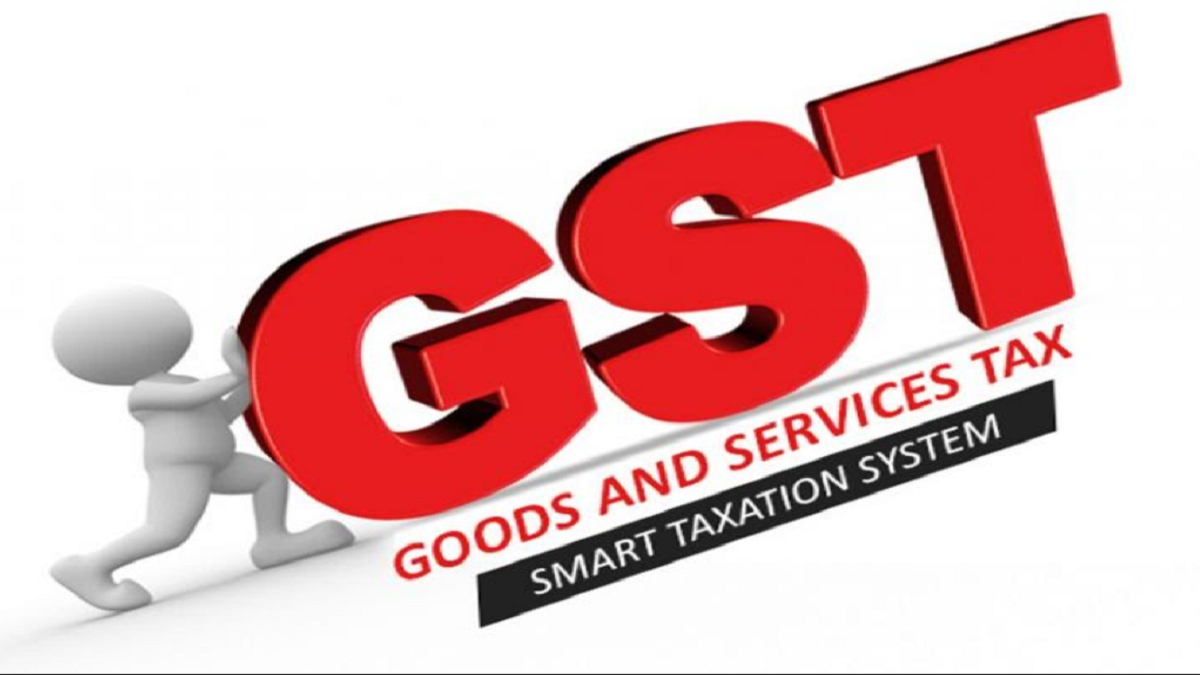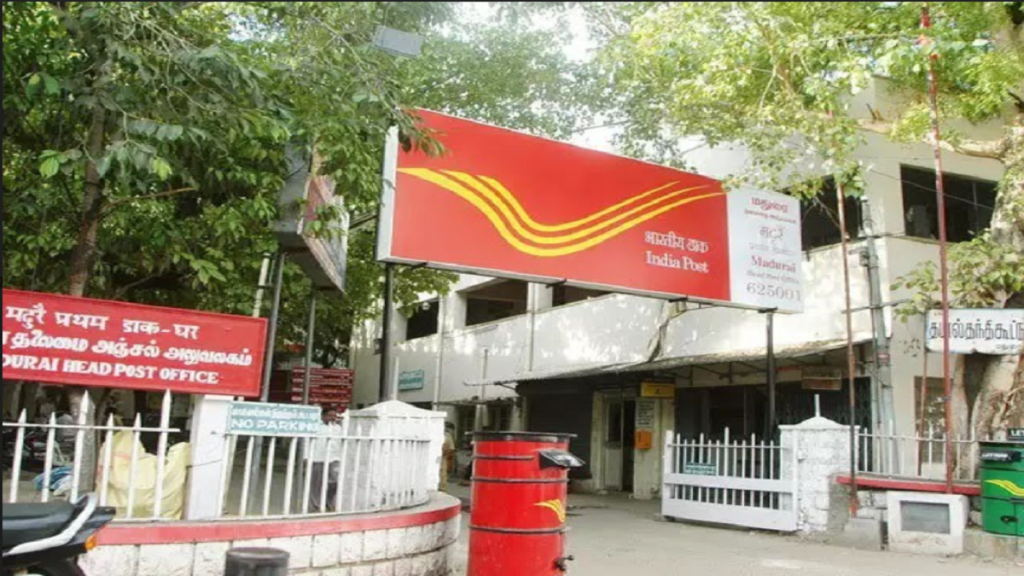
One of the most significant challenges b e i n g f ac e d by the Government at present is how to kick start the economy, which is continuously declining. The strong workforce of displaced workers (they shouldn’t be called migrant as they are also Indian) is bending towards unemployment after losing their jobs, and most of them are forced to head back to their hometowns or villages. Lakhs of internally displaced workers moved from urban centres to rural areas of origin in the last few months. These workers are likely to be absorbed by the agricultural sector despite the abysmally low per capita agricultural income. The average monthly income per agrarian households during the agricultural year July 2012- June 2013 was estimated at Rs. 6426, and about 52% of the estimated 90.2 million farming households in rural India reported outstanding loans. (NSS 70th round, Report no. 576). To tackle such humongous economic problems, the Government has come up with a massive economic package aggregating Rs. 20 lakh crores which primarily aims to address the employment generation.
This article attempts to provide an alternative solution in tackling the economic crisis and identifying a possible solution to mitigate the unemployment faced by the displaced workers.


E-Commerce
The alternative may lie in easing the regulatory compliance concerning GST for the small vendors who wish to do business via ecommerce. By doing so, more and more vendors will engage in such business, thus assuaging the challenge of unemployment and thereby facilitating economic activity.
Ecommerce companies must be encouraged to sign up as many suppliers as possible in small towns and villages to provide these vendors access to a vast market. This system may give them a platform to sell locally manufactured products which have their ethnic value; it may also be used as a tool to promote cultural items such as handlooms, terracotta utensils, etc.
Indubitably, eCommerce websites have been picking pace ever since the lockdown is opening up and is estimated to touch a volume of Rs. 7 trillion by the year 2023.
A report by Unicommerce eSolutions claims that during the first seven days of lockdown 3.0, the sector has recovered 30 per cent of its pre-lockdown order volumes. If small precocious vendors from untouched and remote areas are encouraged to get recognition on an eCommerce website to provide him access to a broader market, it may open new vistas for him as well as ameliorate his material living standard.
Not only this would give impetus to the economy but also create gainful employment opportunities for the displaced workers during this pandemic and lockdown. With a prospect of earning, they will start working to meet the demands emanating from the customers/eCommerce platform.
GST Registration
The biggest possible challenge which may hinder this process is the punctilious requirement of GST registration for the vendor on eCommerce websites. Small vendors and manufacturers in smaller town and villages are unlikely to have even a sizable turnover which may cross the threshold limit required for GST registration.
As per the provision envisaged under GST Act, 2017, every person supplying goods or services through electronic commerce operators are required to be compulsorily registered, without any threshold exemption limit (Section 24 (ix) of the CGST Act). However, the Government empowered to exempt specified supplier from registration under GST even if their turnover is more than the threshold limit, under section 9 (5) of the Act.
Due to the menace of COVID-19 and lockdown, there has been a steep fall in the GST revenue collection in the past three months. In February 2020, the monthly GST collection was reported at Rs. 1,05,366/- crore, (Ministry of Finance, Revenue Collection for February 2020, posted on 01 March 2020 7:20 PM by PIB Delhi) whereas, for March 2020 it is Rs. 97,597/- crore (Ministry of Finance, Revenue Collection for March 2020, posted on 01 April 2020 5:05 PM by PIB Delhi) and for April, it tentatively stood Rs 49,500/- crore (approximately). The revenue collection has declined drastically across India, ranging from 60% to 80% on a monthly basis.
Providing access to the market for the supply of untouched traditional and cultural arts & crafts items from remote corners of villages for, by attenuating GST regulatory compliances would generate employment for such displaced workers and also add to their income while preserving our heritage.
Use of Aadhaar instead of GST
To transcend the challenge of paperwork and compliance for GST registration by the small vendors/manufacturers, Government may bring an amendment permitting eCommerce companies to use Aadhaar card of the supplier for verification as well as for discharging GST. GST Council may also identify districts wherein Aadhaar number of the vendor/manufacturer can be used as an alternative to GST registration. Fulfilment of compliance and regulations may be taken care of by the eCommerce companies, and such cost can be recovered by adjusting it in the margin of profits.
Integration of Aadhaar card instead of GST compliances would help these vendors significantly and at the same time help the Government to keep a tab on each transaction of the vendors for facilitating the GST regulatory compliances later on if required. The introduction of Aadhaar for this scheme would be altruistic in mitigating complex regulatory compliances and providing a balance of convenience over the influx of income and expenditure.
Use of Post Offices as logistics
One of the other impediment which may be faced by such vendors could be logistics and delivery. It is suggested that such eCommerce companies may tie-up with ubiquitous India Post to overcome the challenge of logistics and end-to-end delivery, given the extensive network of India Post across the country (largest postal network in the world with 1,55,618 post offices). It is pertinent to note that India Post has already launched its eCommerce website (https:// ecom.indiapost.gov.in/) for Indian cultural and traditional products like idols of religious figures, handloom products, authentic handmade products, handicrafts, organic products including herbal toothpaste, shampoo among others. Therefore, it would not be an arduous task for it to join hands with such eCommerce companies.
Thus, instead of investing in a new delivery network, using India Post would be a viable logistic option which in turn would generate revenue for the Government as well.
Absorption of the displaced worker population
Lastly, most of the displaced workers who have returned to their hometowns would be unemployed and looking for work. Such displaced will include skilled and semiskilled labourers. They are competent and experienced enough to make use of available technology and help in the production of goods which is capable of being sold online via eCommerce websites.
This scheme may help the country and its economy in generating employment for the displaced workers to become ‘Atmanirbhar’ and turning job seekers into to job providers.
Gagan Kumar is a practising Advocate and a qualified Chartered Accountant and custodian of Krishnomics Legal based at New Delhi.














